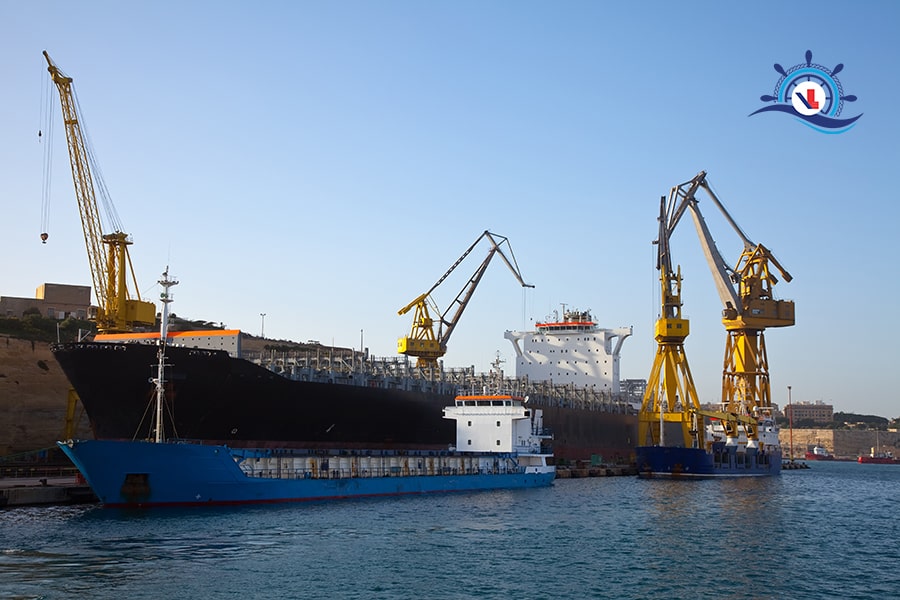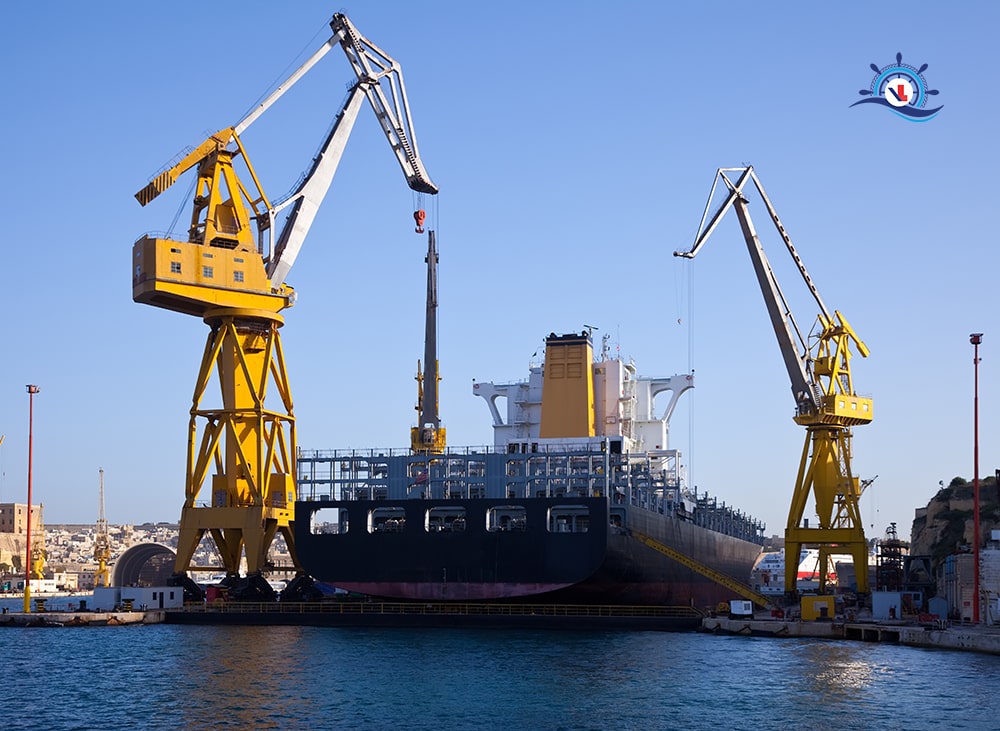OPERATION AND MAINTENANCE OF NAVIGATIONAL EQUIPMENT
3.1 General
3.1.1 The importance of complete familiarisation by watchkeeping officers with all navigational and safety equipment is stressed. Navigational equipment should be checked by the Officer of the Watch to ensure that it is fully operational. Defects should be recorded and brought to the attention of the Master. It is of prime importance that Navigating Officers acquaint themselves with the contents of operating manuals for equipment installed, particularly with regard to the setting up of controls, their operation and procedure to be followed in the event of a fault developing.
3.1.2 The Master should ensure that regular maintenance of all navigational equipment is carried out in accordance with manufacturers' instruction manuals. The upkeep and maintenance of individual items of navigational equipment should be the responsibility of one officer who should be, if possible, suitably experienced.

3.2 Radars
3.2.1 The Master should ensure that the radar is available for use by the Officer of the Watch:
- as an aid to fixing position;
- as an aid to assessing risk of collisions;
- for practice purposes.
3.2.2 Whenever possible, the radar should be switched on in sufficient time before it is required to establish that is operating correctly. After switching on, the radar should be adjusted to obtain optimum performance. The performance monitor signal, where available, should be checked frequently. A check should also be made on the alignment of the heading marker. Where vessels are fitted with two or more radars, which may be interswitched, it is essential that range scales are verified when using each display.
3.2.3 When restricted visibility is expected or encountered, plotting of radar echoes should commence in ample time. A prompt reduction of speed can allow more time for plotting. The necessary high standard of proficiency in the use of radar is reduced visibility will not be achieved unless regular anti-collision and plotting practice is carried out. The Master should ensure that all Navigating Officers practise radar plotting regularly in clear weather, particularly before approaching coastal waters after a long ocean voyage.

3.3 Automatic Pilot
3.3.1 The automatic pilot should only be used when safe and practicable.
3.3.2 All methods of change-over between alternative means of steering should be displayed prominently on the bridge, demonstrated and exercised.
3.3.3 The off-course alarm, when fitted, should be adjusted depending on weather conditions. The alarm should be in use at all times when under automatic steering. If it becomes unserviceable, consideration should be given to changing to hand steering. The use of an alarm does not in any way relieve the Officer of the Watch from checking the course being steered.
3.4 Gyro and Magnetic Compasses
3.4.1 It is preferable to leave the gyro compass running continuously. Should it have been stopped for any reason, it should be started and, later, checked to ensure it has `settled' and is reading correctly in sufficient time before use.
3.4.2 Latitude and speed corrections should be applied to the gyro compass, as appropriate. Repeaters should by synchronised with the gyro at least once in a watch. The gyro alarm should be checked daily. As a safeguard against the gyro and gyro repeaters wandering, frequent checks should be made between the magnetic and gyro compasses. Compass errors should he ascertained each watch, if practicable, either by azimuth or transit bearing.
3.4.3 All liquid magnetic compasses should be checked weekly for air bubbles. They should be covered at all times when not in use.
3.4.4 Where fitted as a standby system, magnetic compass control of the automatic pilot should be tested and exercised weekly in clear weather.
3.5 Chronometers
3.5.1 Chronometers should be wound daily at the same time and checked with a radio time signal. The chronometer error should be recorded on the ship's chronometer rate card and the Master informed of any unusual change in rate. Where battery-driven chronometers are fitted, batteries should be changed at the correct intervals.
3.6 Echo Sounders
3.6.1 The echo sounder should be used, both when making a landfall and in coastal waters, and particularly in areas where chartered depths must be treated with caution.
3.6.2 When approaching soundings, the echo sounder should be switched on in ample time, ensuring that a zero mark is being recorded. It should be operated on all ranges and scales regularly until a sounding is obtained. Care should be taken where units of soundings on the echo sounder are different from those of the chart in use.
3.6.3 The time of crossing the more important depth contours should be recorded in the deck log, with distance recorder reading.
3.7 Speed/Distance Recorders
3.7.1 The speed/distance recorder should be operated as soon as it is safe to do so.

Readings of distance through the water should be entered in the deck log at the end of each watch, at times of establishing positions (where these are recorded in the deck log) and when course or speed are altered. Readings should be entered on the chart with any position.
3.8 Electronic Position Fixing Aids
3.8.1 Electronic position fixing aids should be employed in conjunction with other available aids to navigation. The Officer of the Watch should be thoroughly familiar with their use, and limitations, including the application of corrections to read-outs.
3.8.2 The operational handbook for the aid and current navigational warnings should be consulted, to ensure that proper corrections are applied.
3.8.3 When entering the area of coverage of a particular aid, the equipment should be set up in accordance with the operating instructions and there-after monitored to ensure that the equipment is operating correctly. Positions should he checked periodically using other fixing methods to ensure accurate positional information is available when needed. Positions obtained when navigating in areas on the limit of coverage of the aid, and where lattice lines are close together and/or at acute angles of inter-section, should be treated with caution.
3.9 Direction Finders
3.9.1 The calibration table and curves should be verified by frequent observations. A routine check calibration should be carried out whenever possible, and recorded at intervals of not more than 12 months and whenever a change to ship's structure and/or rigging is likely to affect the accuracy of DF bearings.
3.10 Hydrographic Publications
3.10.1 One officer should be responsible for keeping charts up-to-date from the latest available Notices to Mariners. The same procedure should apply to other navigational publications. A record should be kept of all navigational warnings, together with details of cleared routes and areas still dangerous to shipping from mines or other causes.
3.10.2 As a general rule, only one chart should be in use at any one time. Particular consideration should be given to the use of charts produced and issued by local national hydrographic services where there are clear advantages. Every care should be taken when working with charts of different scales and different sounding units.
3.11 Emergency Navigation Lights and Signal Equipment
3.11.1 The Officer of the Watch is responsible for ensuring that emergency navigation lights and signalling equipment are in working order and ready for immediate use.